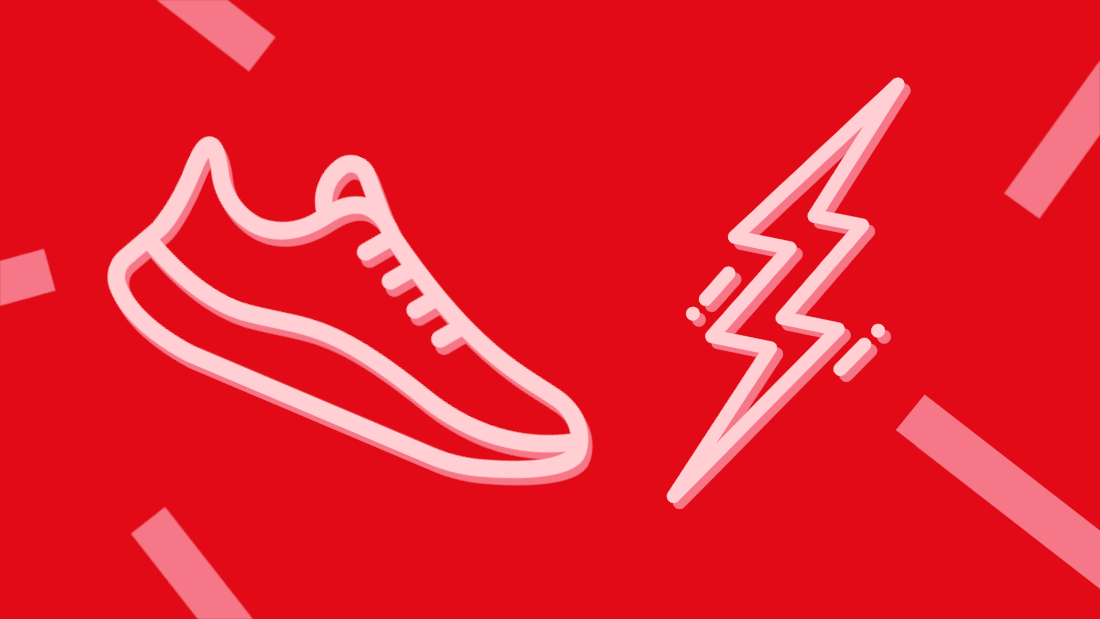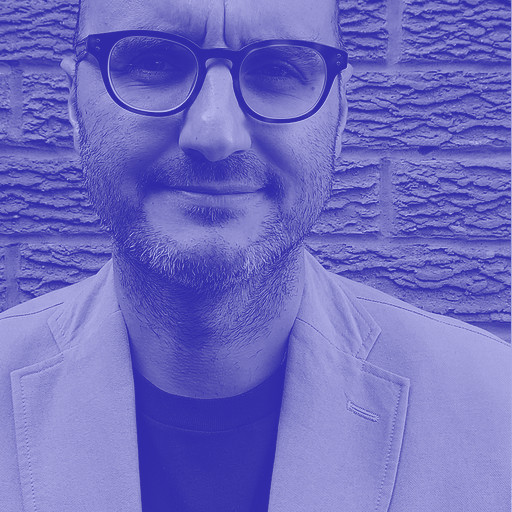If I didn’t run, I wouldn’t be able to function as a content designer. It’s as simple as that. It helps me think and solve the knottiest problems.
I came to that conclusion after years of asking myself “Why do I do this to myself?” as I gasped for breath while slogging up the seemingly never-ending hills in the Nottingham suburbs.
I swap my pink Converse sneakers (what a consultancy cliché…) for running shoes every other day because, among other benefits, it makes me a better at my job.
Before you cry BS, or accuse me of design-thinking propaganda, jog alongside me for the next 4 or 5 minutes – we can take it slow – and I’ll explain a bit more.
Thinking time
I used to be in a 9-5 content creation job where thinking was, at times, optional. It was about turning out words, at volume, to keep the backlog under control.
Life at SPARCK is very different – and for the better.
With clients briefing in problems rather than solutions, one of the things you need in order to deliver outcomes for users is quality thinking time.
For me, my best mental efforts come when I’m pounding the streets in Lycra. Every stride is a step towards understanding, clarity, and hopefully inspiration.
I don’t always get the latter from staring at the blank screen of my Mac for 30 minutes, eyes wide with panic.
“In running, the mind flees with the body,” author Joyce Carol Oates once observed. “It does so in rhythm with our feet and the swinging of our arms.”
There’s science that backs up this idea but I’m no scientist, so I won’t attempt to explain it but, in short, running does clear the mind.
And a clear mind is what designers need.
Presentation mode
We do a lot of presenting at SPARCK and it helps if you’re confident in what you’re going to share.
Once I’ve laid down a presentation, either for a client or as part of internal knowledge sharing with awesome SPARCKies, I like to play it out in my head while on a run.
I’ll think about the primary, secondary and tertiary messages I want to get across. I’ll consider the questions I might get asked, and how I’ll respond. And I’ll practice my intro and outro.
That’s what I did on the eve of my first GDS assessment just a couple of months into SPARCK life. It’s almost as if long, easy runs on a Sunday morning were designed to prep me for meeting the challenge.
It's a marathon, not a sprint
Slow is smooth and smooth is fast.
Someone said that on a project I was on and it’s stuck with me ever since, because it applies clearly to content design.
Some people’s expectation of us content designers is that we’ll just come in, instantly write down some appropriate words here and there, then head back off into a corner to judge everyone’s grammar.
The reality is that we could be looking at user research insights, data, and lots of other stuff for weeks before we even attempt to type a word.
There’s research, user needs, journey mapping, language exploration, creation, testing, iteration…
To sprint finish on The Mall, you need to run the preceding 26 miles of the London marathon, at a determined and steady pace.
A growth mindset
The quest for perfection. The desire to be the best. The constant need to prove your worth. I’ve been there. I was stuck there for a long time. And I (reluctantly) go back now and again.
If running has taught me one thing, it’s the importance of having a growth mindset.
After all, I don’t enter races with the expectation that I’m going to win, because that simply won’t happen. Let’s just say my competitive days are behind me.
Instead, I start races with the intention of improving myself, giving my all, and maybe, just maybe, achieving a personal best.
Whether it’s one bad sprint session or one content crit that turned ugly, we should look at negative experiences, learn from them, and head to the start line in our trainers to have another go.
V is for variety
You’re never going to hit that new 10k personal best if you don’t mix up your training regime.
Keep doing the same kind of runs on the same kind of schedule and you’ll just plateau.
To hit the mark, you need to add variety: easy runs, tempo runs, progressions, hills, intervals, Fartleks, and so on.
It’s the same with content design.
You need to keep developing a variety of content skills to deliver content that solves each particular problem.
From helicopter-view strategy thinking and content auditing (the hills of CD), to style guide creation and prototyping, there’s more to game-changing content than just writing.
(Tell your friends. Thanks in advance.)
It's a team sport
Content design very rarely solves a problem on its own.
CD is often most effective when it’s created in unison with a multi-disciplinary team including, for example, a service designer, product designer, and a user researcher.
It’s the same when you lace up a pair of trainers, because running alone will only get you so far.
If you truly want to level up, you’ll need to combine it with things like strength training (even if lifting weights is incredibly dull) and a well-balanced diet.
But thankfully, prawn cocktail crisps, every now and again, are still allowed. Otherwise, you could count me out.
Driven by data
What does the data say? Let me check my Garmin. (Other brands of GPS running watches are available.)
While some running stats are arguably vanity metrics, runners do use data to try and make their next run better than their last.
And, of course, content design is no different.
“It’s about using data and evidence to give the audience what they need, at the time they need it and in a way they expect,” writes content design frontrunner Sarah Winters in her essential book.
To put it another way, a bit more bluntly, content design without data… is not content design.
“But I hate running…”
I hear you, it’s not for everyone.
But there’s probably something you do in your everyday life that can and will make you a better designer.
For some people it’s cooking. A watched pot might never boil but that’s quality thinking time right there.
For others, it might be jigsaw puzzles, or Lego, or cold water swimming, or… you get the idea. Anything that clears the mind and gets you away from your desk.



